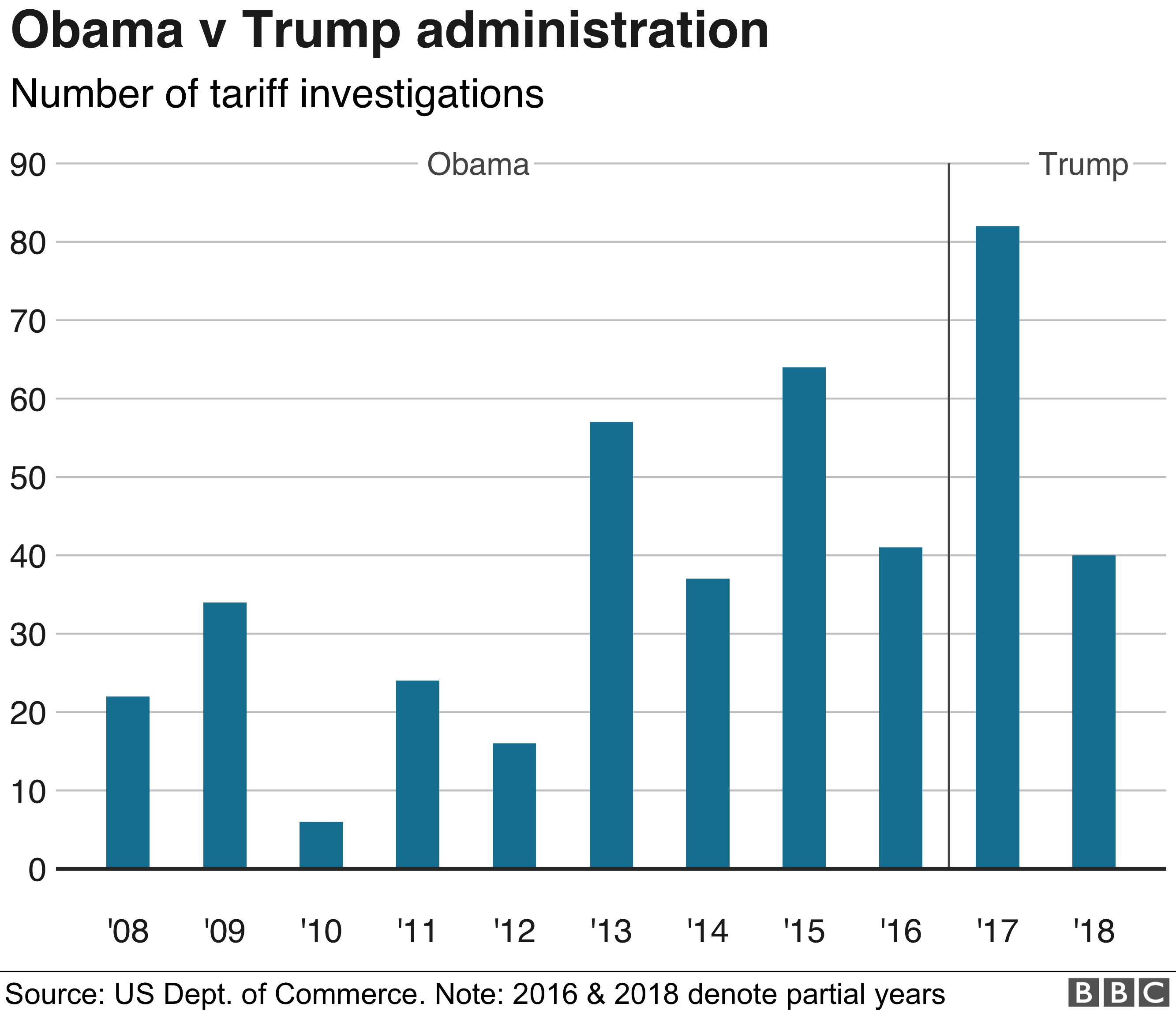Negative European Electricity Prices: A Solar Energy Success Story

Table of Contents
The Mechanics of Negative Electricity Prices
Negative prices occur when the supply of electricity significantly exceeds demand. This surplus, often fueled by abundant renewable energy generation (particularly solar during peak sunlight hours), forces producers to pay consumers to take the excess electricity. It's a counterintuitive but increasingly frequent occurrence in the European energy market, driven by several factors:
- High solar energy output during peak sunlight hours: Solar photovoltaic (PV) systems generate the most electricity during midday, coinciding with lower overall energy demand. This peak production often overwhelms the grid's capacity to distribute and store the excess energy.
- Low overall energy demand at certain times of day: During off-peak hours, such as midday when many businesses and industries are operating at reduced capacity, demand for electricity plummets. This imbalance between high renewable energy production and low demand creates a surplus.
- Limited capacity for energy storage: Current energy storage technologies are not yet sufficiently advanced or cost-effective to absorb and store significant quantities of excess renewable energy, leading to periods of oversupply. Improved battery technology and pumped hydro storage are crucial in mitigating this.
- Grid operators incentivizing consumption to prevent system instability: To avoid grid instability caused by excessive supply, grid operators may resort to paying consumers to increase their energy consumption, thus driving down prices into negative territory. This is a short-term solution, highlighting the need for longer-term planning and infrastructural improvements.
- Intermittency of renewable sources leading to unpredictable supply fluctuations: The inherently intermittent nature of solar and wind energy makes it challenging to accurately predict and manage energy supply, contributing to periods of both surplus and deficit.
The Role of Solar Power in Negative Price Events
Solar energy's intermittent but substantial contribution to the energy mix is a key driver of negative price occurrences. The rapid growth of solar PV installations across Europe has significantly increased renewable energy capacity, leading to more frequent instances of oversupply:
- Increased solar PV capacity leading to surplus energy generation: The dramatic reduction in the cost of solar panels and the supportive government policies across many European nations have spurred a massive increase in solar energy production.
- Declining costs of solar energy technology accelerating adoption: The continuous decrease in the cost of solar PV technology makes solar energy increasingly competitive compared to fossil fuel-based electricity generation, further accelerating its adoption.
- Government incentives and policies promoting renewable energy sources: European Union directives and national policies promoting renewable energy, such as feed-in tariffs and subsidies, have significantly boosted solar energy deployment.
- Geographical variations in solar output influencing regional price fluctuations: Regions with higher solar irradiation, like southern Europe, experience more frequent and pronounced negative electricity prices than regions with less sunshine.
- Correlation between sunny days and instances of negative electricity prices: There's a clear correlation between days with high solar irradiation and the incidence of negative electricity pricing in many European countries.
Case Studies: Regions Experiencing Negative Prices
Several regions in Europe have frequently experienced negative electricity prices, illustrating the impact of solar energy expansion:
- Germany: Germany, a leader in renewable energy adoption, boasts a vast solar capacity and regularly experiences periods of low demand, resulting in frequent negative electricity prices.
- Spain: Spain, benefiting from abundant sunshine, has made substantial investments in solar energy, leading to similar instances of negative pricing during peak solar output.
- Other relevant examples of European countries with similar trends: Countries like Italy, France, and Denmark also exhibit increasing occurrences of negative electricity pricing, though to varying degrees, depending on their renewable energy capacity and energy consumption patterns.
Implications and Future Outlook of Negative Electricity Prices
The long-term effects of negative European electricity prices on the energy market are multifaceted and hold significant implications for the future role of solar power:
- Economic benefits for consumers through lower energy bills: While negative prices are primarily an issue for energy producers, they can indirectly benefit consumers through lower overall energy costs in the long run.
- Challenges for traditional energy producers reliant on fossil fuels: The frequency of negative prices poses significant economic challenges for traditional energy producers, forcing them to adapt or face financial losses.
- Incentivizing further investment in renewable energy infrastructure: The prevalence of negative pricing underscores the need for robust renewable energy infrastructure, including improved energy storage solutions.
- Need for improved energy storage solutions to manage supply fluctuations: Investing in advanced energy storage technologies is crucial for managing the intermittent nature of renewable energy and preventing periods of both surplus and deficit.
- Potential for increased cross-border electricity trading: Negative prices in one region could create opportunities for exporting excess renewable energy to other regions experiencing higher demand.
Conclusion
Negative European electricity prices are not an anomaly but a powerful indicator of the successful integration of solar energy into the European energy market. The increasing frequency of these events highlights the transformative potential of renewable energy sources and the urgent need for effective energy storage solutions. While challenges remain, the trend suggests a future where clean, sustainable energy, powered largely by solar, becomes increasingly affordable and accessible. Learn more about the impact of negative European electricity prices and the continued rise of solar energy by exploring further resources on this exciting topic. Embrace the future of energy and invest in solutions for a more sustainable tomorrow. Understanding the dynamics of negative European electricity prices is key to navigating the future of energy in Europe.

Featured Posts
-
 Alan Cummings Scottish Childhood A Favorite Activity Revealed
Apr 29, 2025
Alan Cummings Scottish Childhood A Favorite Activity Revealed
Apr 29, 2025 -
 Chainalysis Acquisition Of Alterya Enhancing Blockchain Security With Ai
Apr 29, 2025
Chainalysis Acquisition Of Alterya Enhancing Blockchain Security With Ai
Apr 29, 2025 -
 Voice Assistant Creation Revolutionized Open Ais 2024 Developer Event
Apr 29, 2025
Voice Assistant Creation Revolutionized Open Ais 2024 Developer Event
Apr 29, 2025 -
 Nyt Spelling Bee Solution April 27 2025 Complete Guide
Apr 29, 2025
Nyt Spelling Bee Solution April 27 2025 Complete Guide
Apr 29, 2025 -
 Trump Tariffs Double Temu Prices A Deep Dive Into The Cost For Us Shoppers
Apr 29, 2025
Trump Tariffs Double Temu Prices A Deep Dive Into The Cost For Us Shoppers
Apr 29, 2025
Latest Posts
-
 2024 Metais Porsche Pardavimu Augimas Lietuvoje
Apr 29, 2025
2024 Metais Porsche Pardavimu Augimas Lietuvoje
Apr 29, 2025 -
 Porsche Cayenne Gts Coupe Moje Wrazenia Po Jezdzie Testowym
Apr 29, 2025
Porsche Cayenne Gts Coupe Moje Wrazenia Po Jezdzie Testowym
Apr 29, 2025 -
 Search For Missing Paralympian Sam Ruddock Expands In Las Vegas
Apr 29, 2025
Search For Missing Paralympian Sam Ruddock Expands In Las Vegas
Apr 29, 2025 -
 Porsche Cayenne Gts Coupe Test I Recenzja Czy To Suv Marzen
Apr 29, 2025
Porsche Cayenne Gts Coupe Test I Recenzja Czy To Suv Marzen
Apr 29, 2025 -
 Family Pleads For Help In Finding Missing British Paralympian In Las Vegas
Apr 29, 2025
Family Pleads For Help In Finding Missing British Paralympian In Las Vegas
Apr 29, 2025
